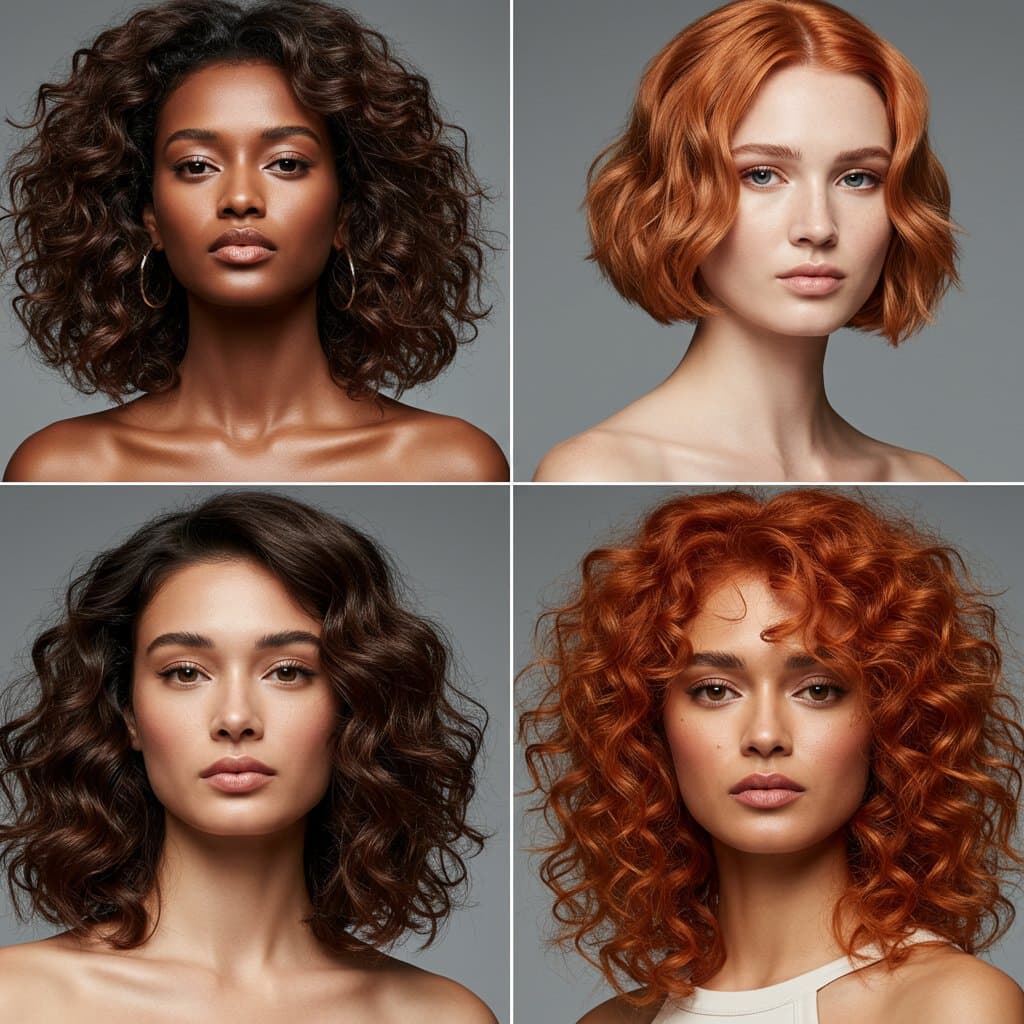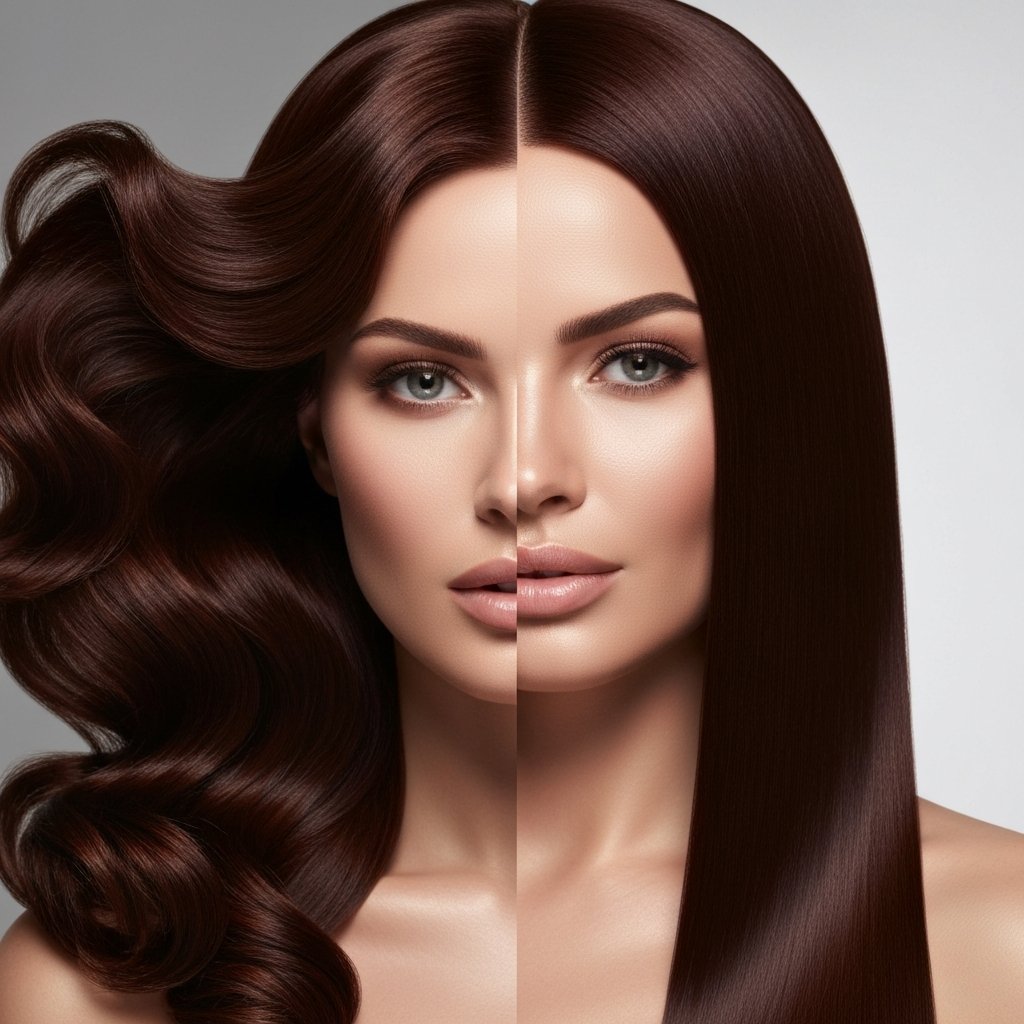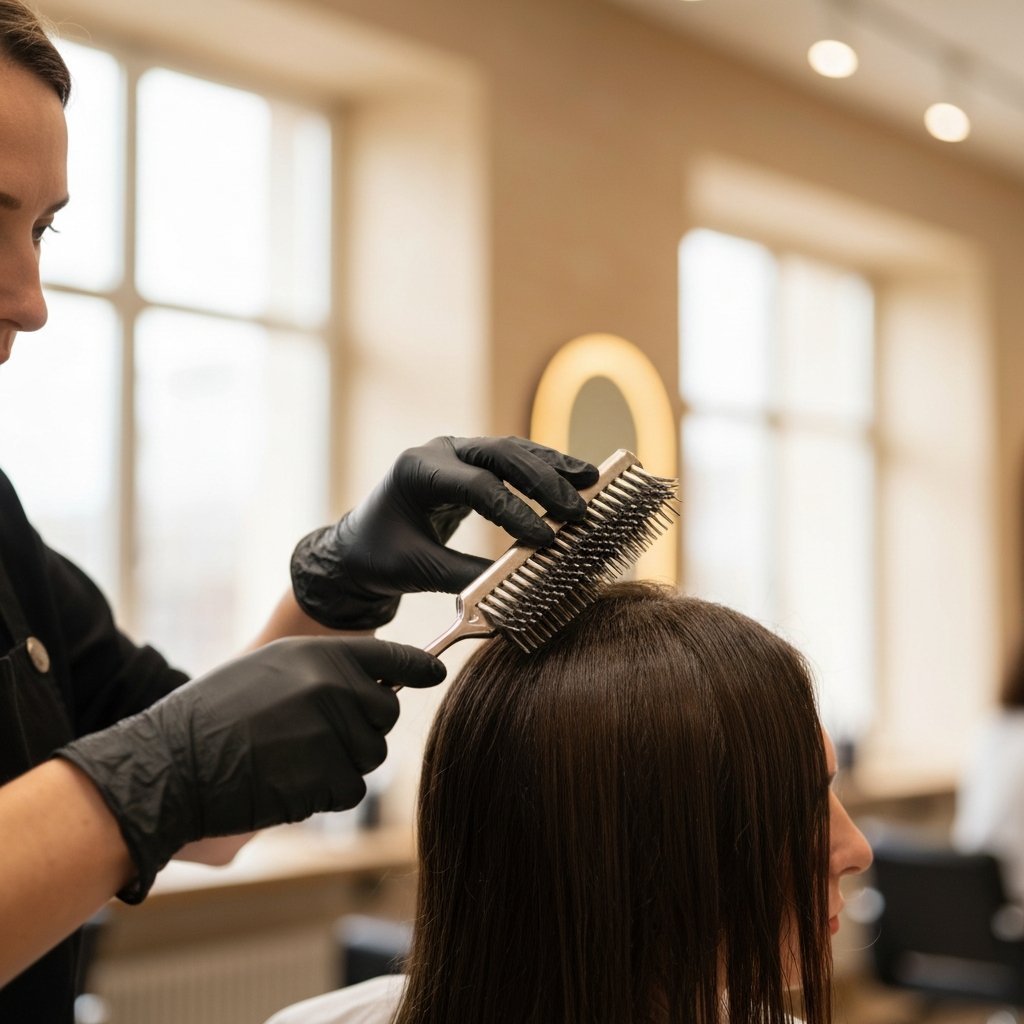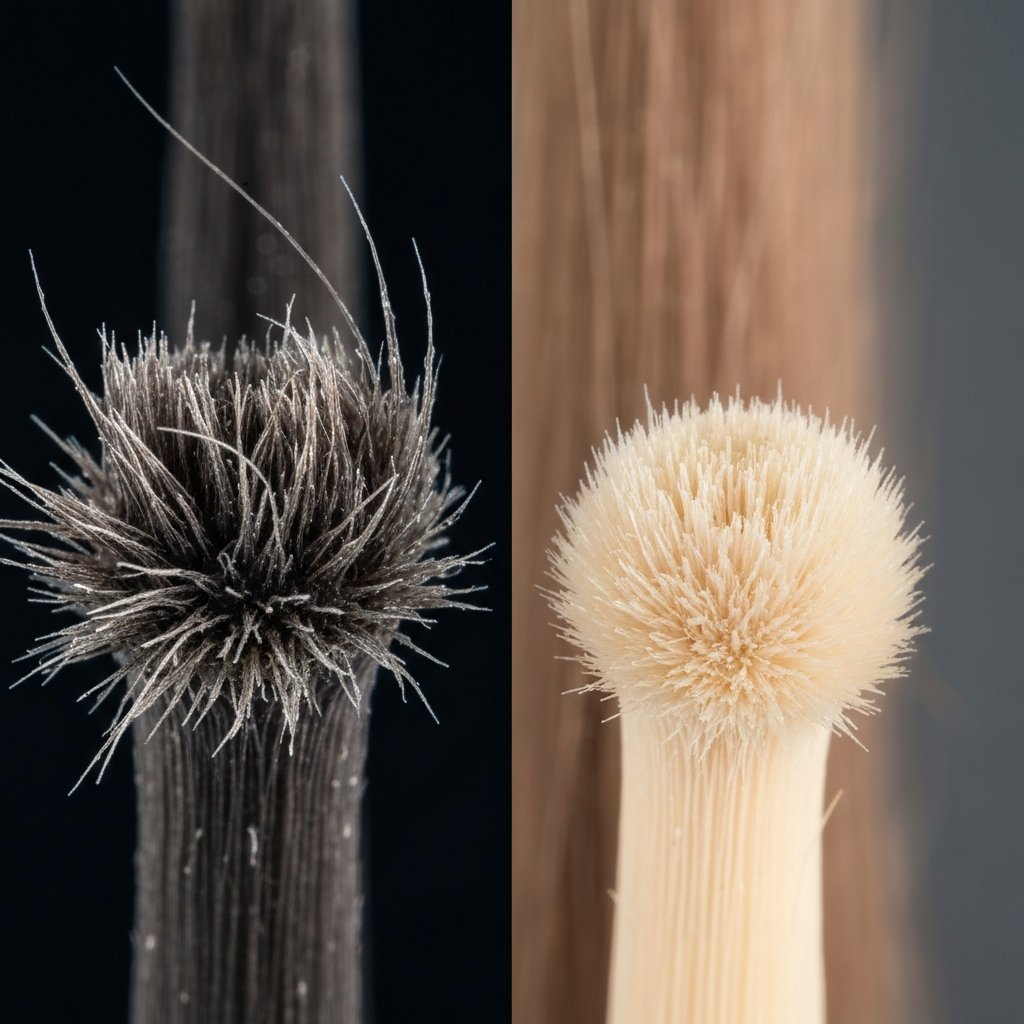
How to Make Fine Hair Look Thicker: Expert Styling Tricks & Product Guide
11 min read

11 min read

11 min read

9 min read

12 min read

14 min read

11 min read
In the world of professional hair care, the quest for smooth, manageable, and frizz-free locks often leads clients to two popular solutions: Hair Botox and Keratin Treatments. While both treatments promise to transform unruly hair into a glossy masterpiece, they are fundamentally different procedures designed for different hair needs. Understanding the nuances of Hair Botox vs. Keratin Treatment is essential before booking an appointment at a salon. Choosing the wrong one could lead to flat hair when you wanted volume, or insufficient smoothing when you wanted straightness.
This comprehensive guide will break down the science, the process, and the results of both treatments. Whether you have fine, damaged strands or thick, curly coils, we will help you determine which service is the perfect match for your hair type. We will explore the ingredients, the longevity, and the maintenance required, ensuring you make an informed decision for your next salon visit.
Keratin treatments have been a staple in salons for decades, renowned for their ability to turn frizzy, curly textures into sleek, glass-like sheets of hair. To understand if this is right for you, one must first understand what keratin is. Keratin is a structural protein found naturally in our hair, skin, and nails. Over time, due to heat styling, chemical processing, and environmental factors, the hair loses its natural keratin, leading to gaps in the hair cuticle. These gaps result in frizz, breakage, and a dull appearance.

A professional Keratin Treatment is a chemical process that fills in these gaps. The stylist applies a solution containing keratin and other chemicals (often formaldehyde or formaldehyde-releasing ingredients, though formaldehyde-free versions exist) to the hair. The hair is then blow-dried and flat-ironed at high heat. This heat seals the liquid formula into the hair cuticle, creating a protective barrier. The result is not just a temporary fix; it effectively restructures the outer layer of the hair shaft to reduce volume and curl pattern significantly.
The primary objective of a keratin treatment is smoothing and straightening. It is heavy-duty and intended for those who spend hours every morning fighting with a flat iron. It provides a semi-permanent straightening effect that can last anywhere from three to six months, depending on the specific product line used and aftercare maintenance. However, because it often involves strong chemicals to alter the hair's behavior, it is less of a deep conditioning treatment and more of a texture-altering service.
Despite its name, Hair Botox contains absolutely no botulinum toxin (Botox) and involves no needles. The name is derived from how the treatment works: it acts as a filler for individual hair fibers, smoothing out imperfections and "aging" signs of hair, much like Botox does for skin wrinkles. It is essentially a deep conditioning cocktail of vitamins, antioxidants, peptides, and collagen that penetrates the hair cortex to repair damage from the inside out.

Hair Botox is a non-chemical, deep conditioning treatment. It typically contains ingredients like caviar oil, Vitamin B5, Vitamin E, and collagen complex. Unlike keratin, which creates a barrier on the outside of the strand, Hair Botox fills the gaps in the hair fiber, adding volume and restoring lost thickness. It creates a flexible coating that makes hair smoother and shinier without necessarily altering the natural curl pattern completely.
This treatment is often marketed as an anti-aging solution for hair. It is ideal for hair that has been compromised by coloring, bleaching, or excessive heat styling. Where keratin focuses on straightening, Hair Botox focuses on health and hydration. It will reduce frizz and make hair more manageable, but it won't turn tight curls into bone-straight hair. Instead, it will leave hair looking fuller, younger, and incredibly soft.
The most critical distinction in the Hair Botox vs. Keratin Treatment debate lies in the chemical composition and the intended outcome. Keratin treatments are chemical smoothing processes. They usually require a chemical agent (like formaldehyde or glyoxylic acid) to break down the bonds of the hair and reseal them in a straighter alignment. This is why keratin treatments are so effective at reducing volume and straightening curls. However, this chemical aspect means it may not be suitable for extremely damaged or brittle hair, as the high heat required to seal the product can cause further stress.

Hair Botox, on the other hand, is devoid of harsh chemicals like formaldehyde. It is an acidic compound that is safe for almost all hair conditions. It works by depositing nutrients into the damaged cortex. It is a reconstructive treatment rather than a structural changing one. While a keratin treatment might make fine hair look flat because it reduces volume, Hair Botox creates the illusion of thicker hair by plumping up the strands.
Furthermore, the application process differs. A keratin treatment can take several hours and often releases strong fumes, requiring good ventilation. Hair Botox has a pleasant aroma and generally takes less time in the chair. The "downtime" also varies; traditional keratin treatments often require a waiting period of 48 to 72 hours before washing hair or tying it back, whereas Hair Botox usually has no such restrictions, allowing clients to wash their hair the very next day.
For individuals with fine, thin, or limp hair, the choice is almost always Hair Botox. One of the common complaints about keratin treatments from clients with fine hair is that it makes their hair look too flat and greasy. Because keratin seals the cuticle so tightly and reduces volume, it can strip fine hair of its natural body, leaving it clinging to the scalp.

Hair Botox is excellent for fine hair because it adds body. By filling the porous parts of the hair fiber with proteins and collagen, it physically thickens the strand. The result is hair that feels denser and has more movement. It smooths out the frizz that often plagues fine hair without sacrificing volume. If your goal is to look like you have more hair that is healthy and shiny, Hair Botox is the superior choice.
Additionally, fine hair is often more susceptible to breakage. The heavy heat styling required during a keratin application (multiple passes with a flat iron at 450°F) can be too aggressive for delicate strands. Hair Botox requires heat to activate, but it is generally gentler and focuses on repairing the structural integrity of the hair, making it stronger against future breakage.
If you have thick, coarse, curly, or extremely unmanageable hair, a Keratin Treatment is likely the better option. Hair Botox will condition thick hair and reduce frizz, but it will not significantly reduce the volume or straighten the curl pattern. For clients who want to cut their styling time in half and achieve a sleek, straight look, the chemical restructuring of a keratin treatment is necessary.

Keratin treatments are designed to tame the wildest manes. They weigh the hair down slightly, which is a benefit for those with excessive volume they wish to control. It coats the hair to make it impervious to humidity. If you live in a humid climate and find your hair "poofing" up the moment you step outside, keratin provides a stronger shield against moisture than Botox does.
However, for those with curly hair who love their curls but hate the frizz, Hair Botox is a viable alternative. It will define the curls and hydrate them without straightening them out. But if the goal is a significant reduction in curl and a move toward a straighter aesthetic, Keratin reigns supreme.
When dealing with hair that is severely damaged—think split ends, gummy texture when wet, or hair that breaks easily due to bleaching—caution is required. In the battle of Hair Botox vs. Keratin Treatment for damaged hair, Hair Botox is generally the safer and more effective route for repair.

Heavily bleached or over-processed hair is highly porous. A keratin treatment can sometimes seal the hair, but the high heat required to apply it can fry fragile strands. Furthermore, some keratin treatments can alter the color of blonde or bleached hair, making it turn brassy or yellow. Hair Botox usually contains violet pigments specifically designed to neutralize brassiness in blonde hair while filling in the damage.
Hair Botox acts as a deep rehabilitation program for the hair. It restores the elasticity that chemical processing destroys. While it won't permanently fix split ends (nothing can, except a haircut), it can temporarily seal them and prevent the split from traveling up the shaft. If your primary concern is the health and integrity of your hair rather than just its straightness, opt for Botox.
Neither treatment is permanent, and both require specific aftercare to maintain results. A Keratin Treatment typically lasts longer, usually between 3 to 6 months. However, as the hair grows out, the natural texture will reappear at the roots, which can create a demarcation line if not touched up. To maintain a keratin treatment, it is imperative to use sulfate-free shampoos and conditioners. Sulfates and salts can strip the keratin coating from the hair prematurely.

Hair Botox generally lasts between 2 to 4 months. Because it is a conditioning treatment, it gradually fades out of the hair rather than growing out. This means there is no harsh line of demarcation. Like keratin, Hair Botox requires sulfate-free products to prolong the effects. Clients are also advised to minimize washing their hair too frequently, as water and shampoo will eventually wash out the nutrients deposited into the cortex.
Both treatments benefit from the occasional use of hair masks and avoiding chlorinated water or saltwater, which can reduce the longevity of the treatment. Regular trims are also recommended to keep the ends looking fresh, regardless of which smoothing service is chosen.
To get the most out of your investment, follow these professional tips regardless of whether you choose Botox or Keratin:


Deciding between Hair Botox vs. Keratin Treatment ultimately comes down to analyzing your hair type and your desired end result. If you are seeking a major transformation to straighten curly hair and drastically reduce volume, the Keratin Treatment is the industry standard for sleek results. However, if you are looking to rejuvenate damaged strands, add volume to fine hair, or simply smooth out frizz while keeping your natural texture, Hair Botox is the modern, restorative solution you need.
Both treatments are excellent investments in your self-confidence and morning routine. By understanding the science and benefits of each, you can walk into the salon with confidence. Always consult with a certified professional stylist who can assess the condition of your hair and recommend the specific formulation that will leave your hair looking luxurious, healthy, and radiant.